March 2021:
We went to Jonangu Shrine which is famous for weeping plum blossoms. We can enjoy the weeping plum blossoms here in 3 stages: beginning to bloom, full bloom, and carpets of plum petals. We saw the plum carpets this time. After that, we went through the Senbon Torii Gates (thousands of red torii gates) in Fushimi Inari Taisha Shrine and hiked Mt. Inari.
We used Kyoto Rakunan Express from JR Kyoto Sta. It mainly seems to be used for commuting, but it is convenient to get to Jonangu Shrine. The number of buses was decreased due to Coronavirus, but luckily, we got the last morning service.
When we entered the Shinen garden in Jonangu Shrine, we started to catch the scent of plums. It was a beautiful garden for listening to birds singing and streams trickling.
The weeping plum blossoms were blooming from the tops to the bottoms. Each flower looked like falling drops.
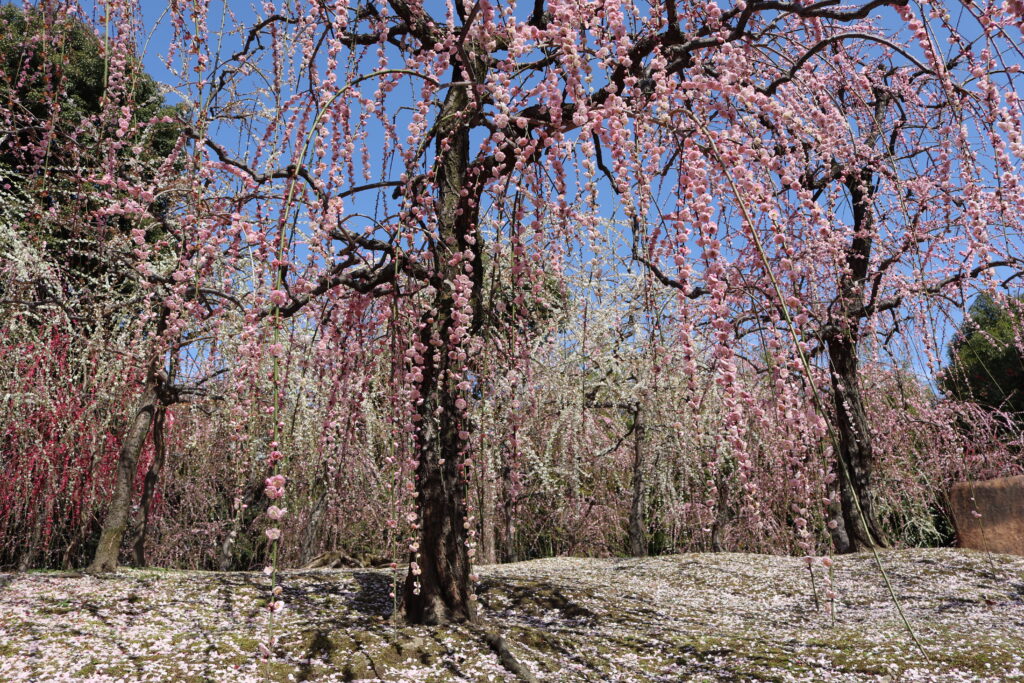
An amazing plum carpet of pink petals was scattered across the green moss.
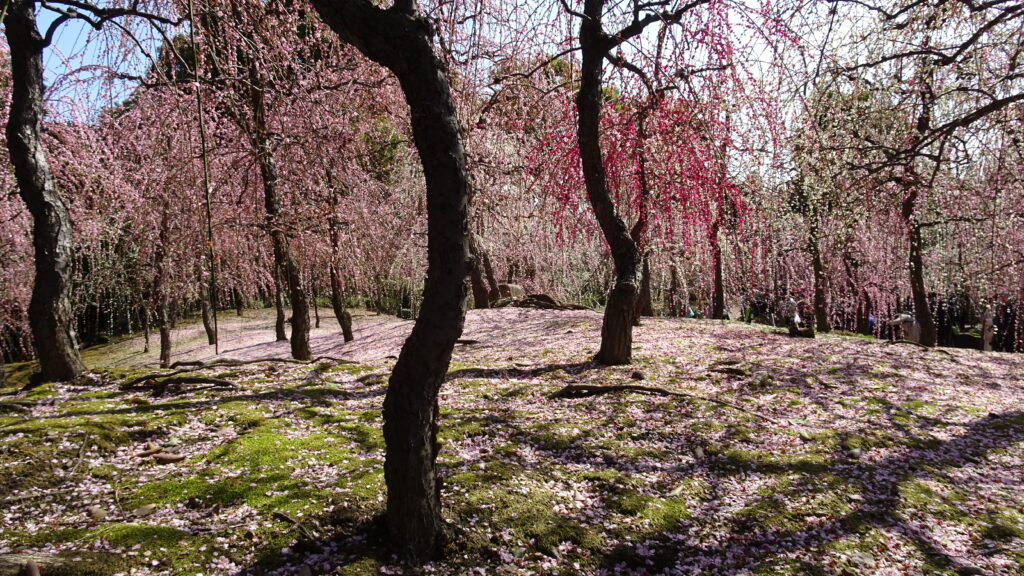
When we went by the plum grove and entered the camellia path, the weeping plum blossoms, moss, and falling camellias created a contrast of pink, green and red.
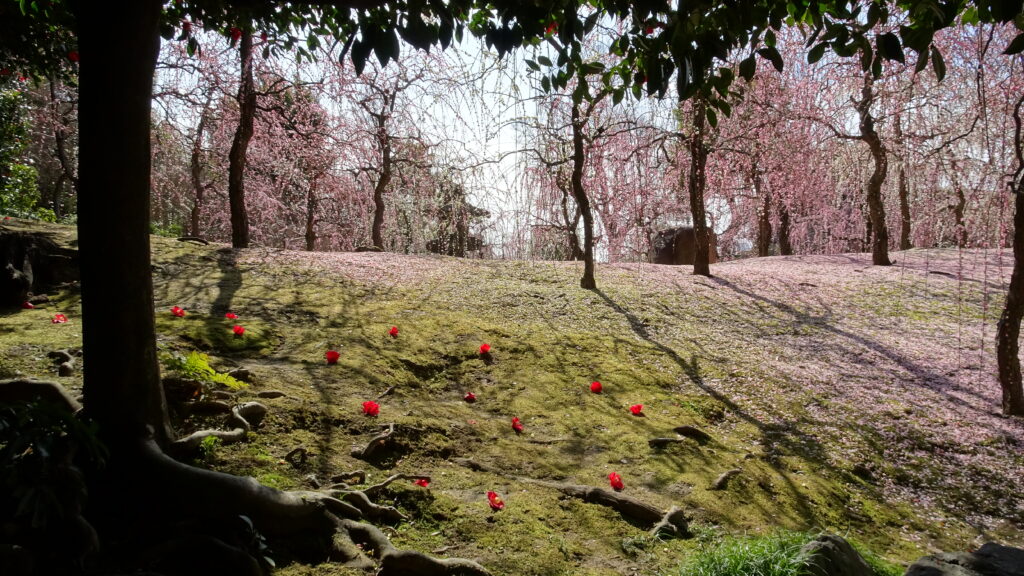
The bank of the camellia path was undulating, so it was interesting to see how the scenery changed from the reflected light with every step.
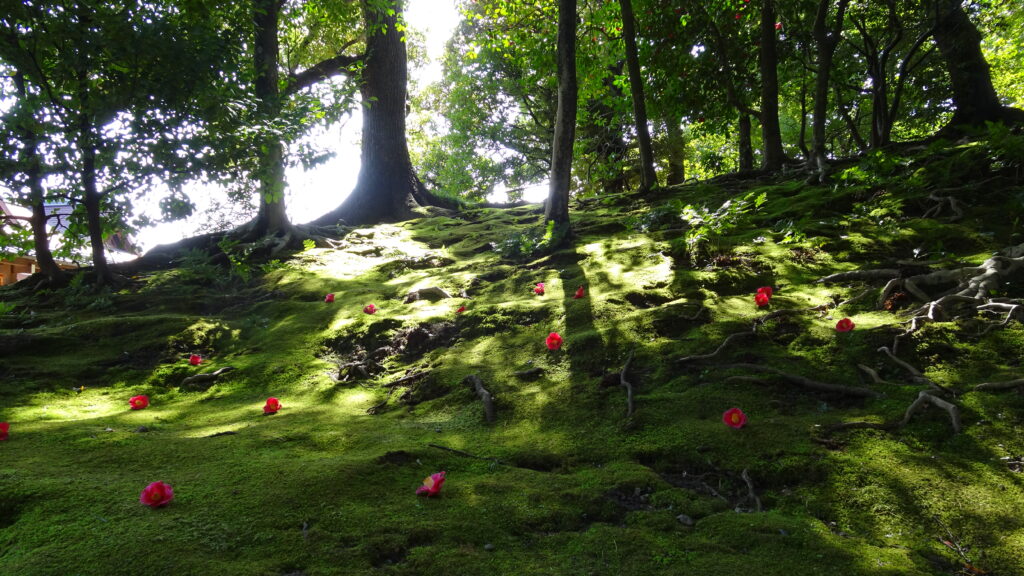
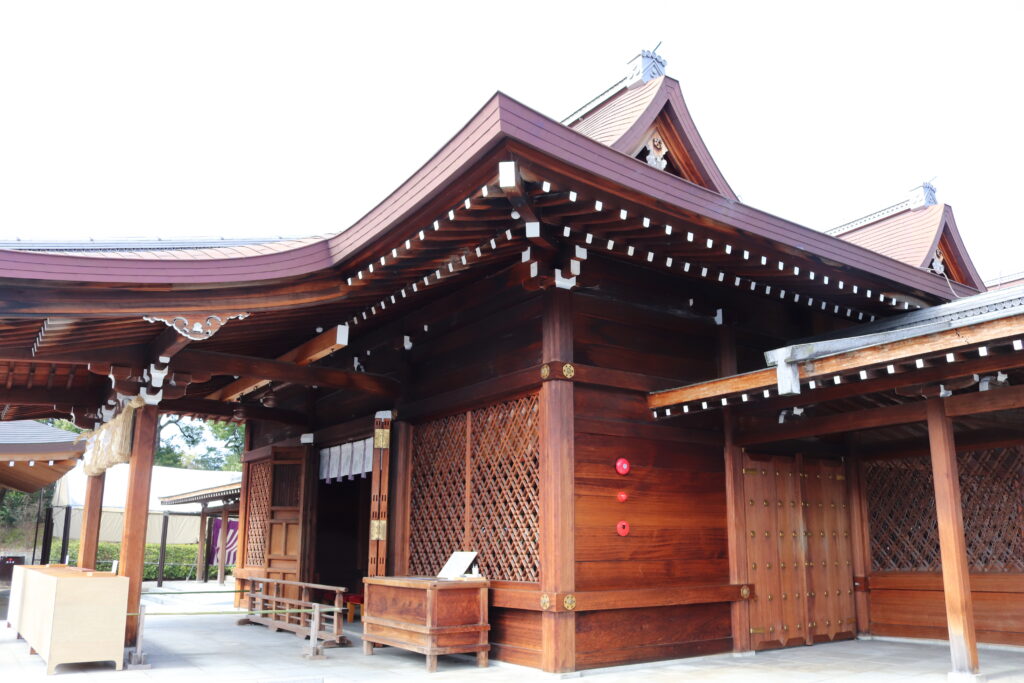
We had lunch at “Handmade Hamburg Steak Tokura ” located in walking distance from Jonangu Shrine. It is a popular restaurant with juicy hamburg steak (Salisbury steak), so we waited for nearly 30 mins.
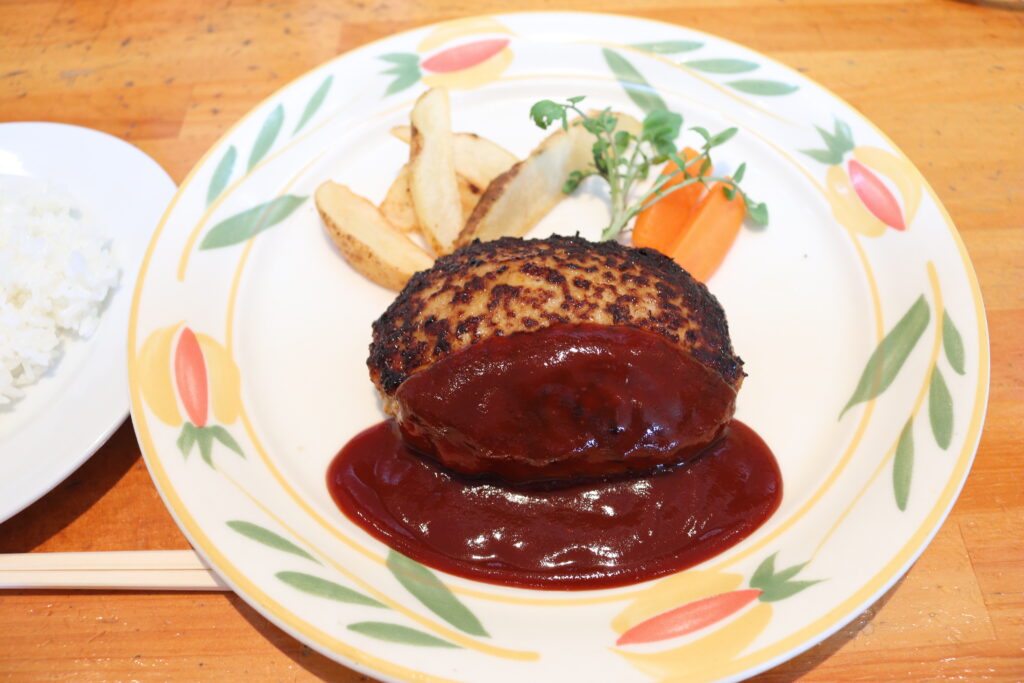
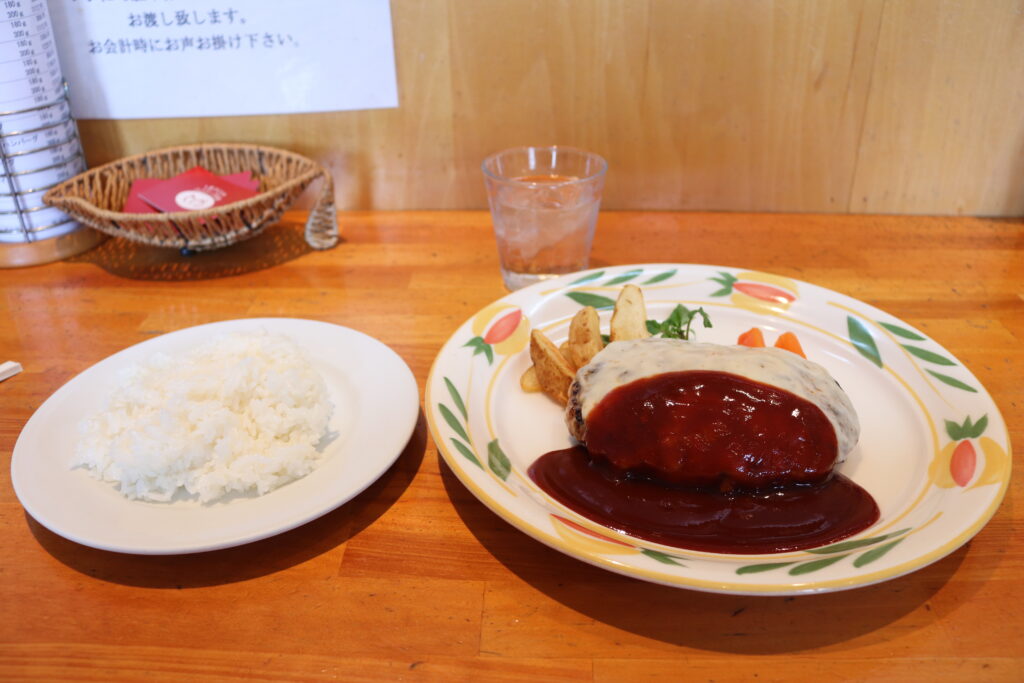
After that, we went to Fushimi Inari Taisha Shrine by bus.
It is said that there are 30,000 Inari Shrines, which worship the Gods of huge harvests and thriving businesses, in Japan, and the Fushimi Inari Taisha Shrine is their headquarters. There were guardian spirits, foxes, here and there in the large precincts.
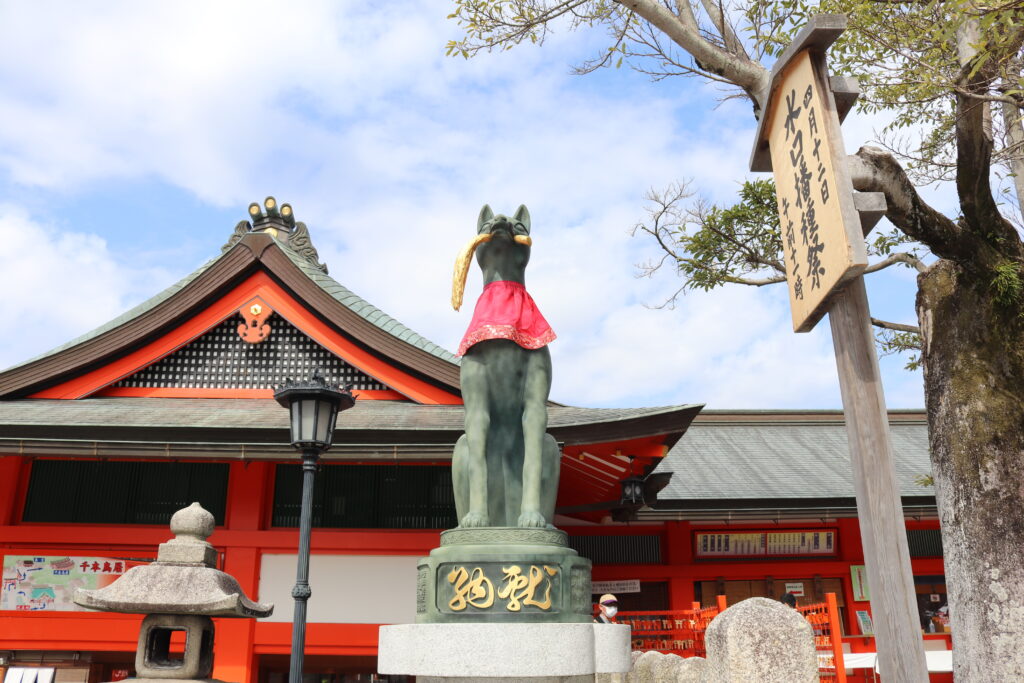
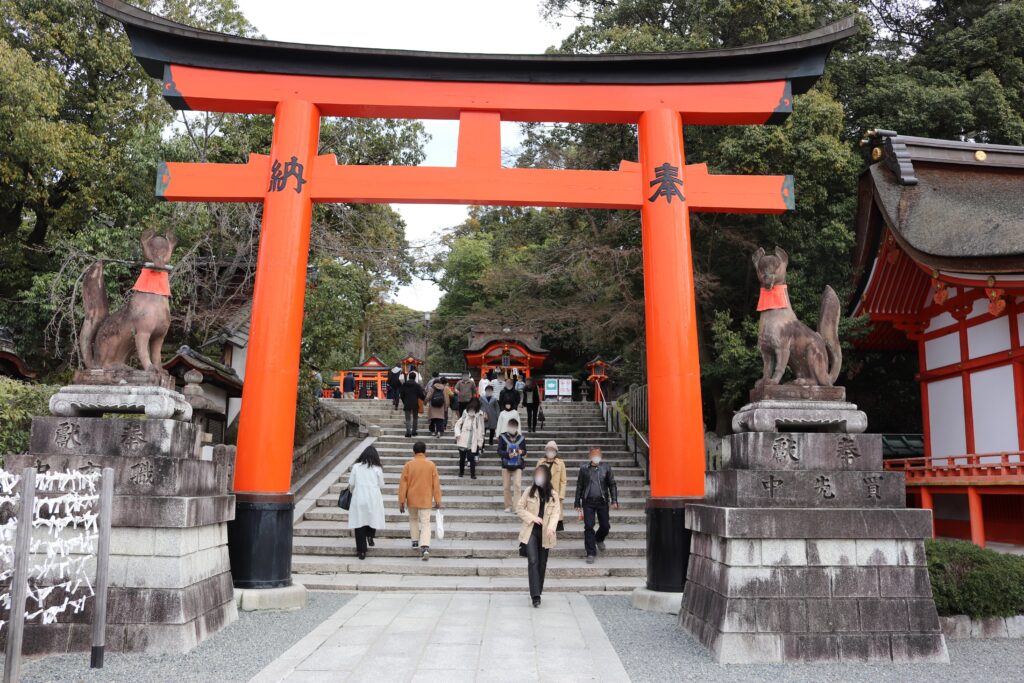
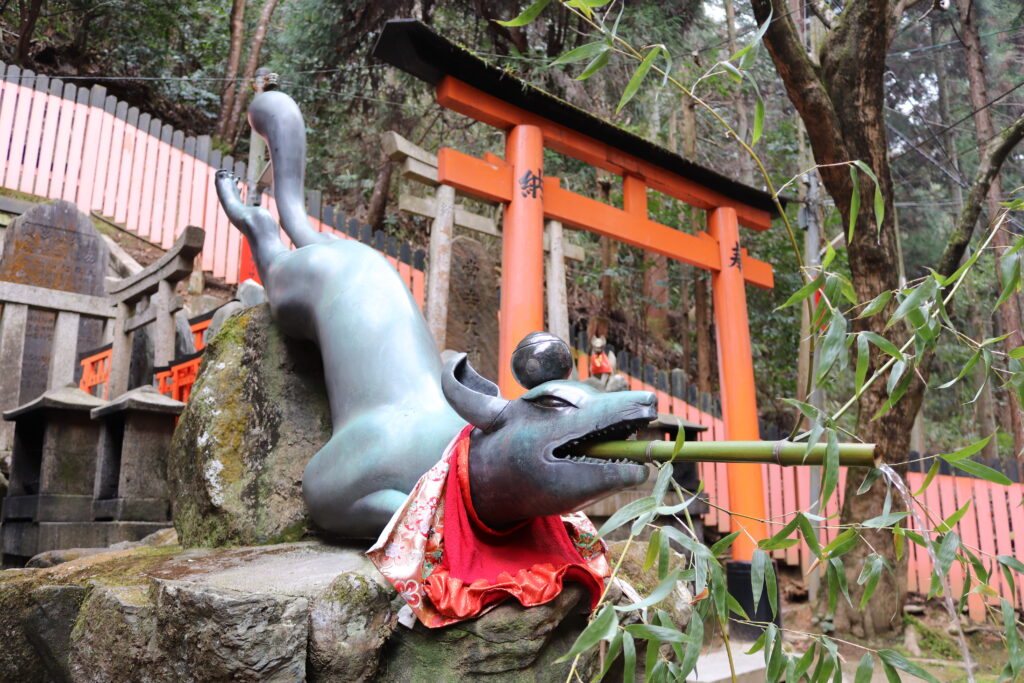
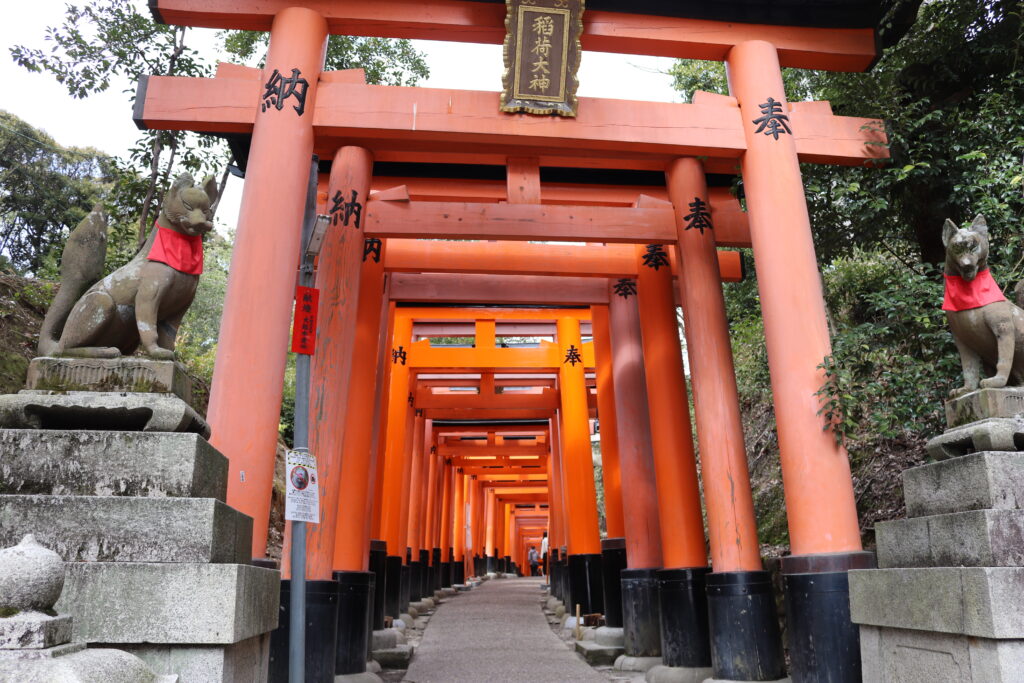
These are Honden (main hall) and Gehaiden (stage in front of the Honden).
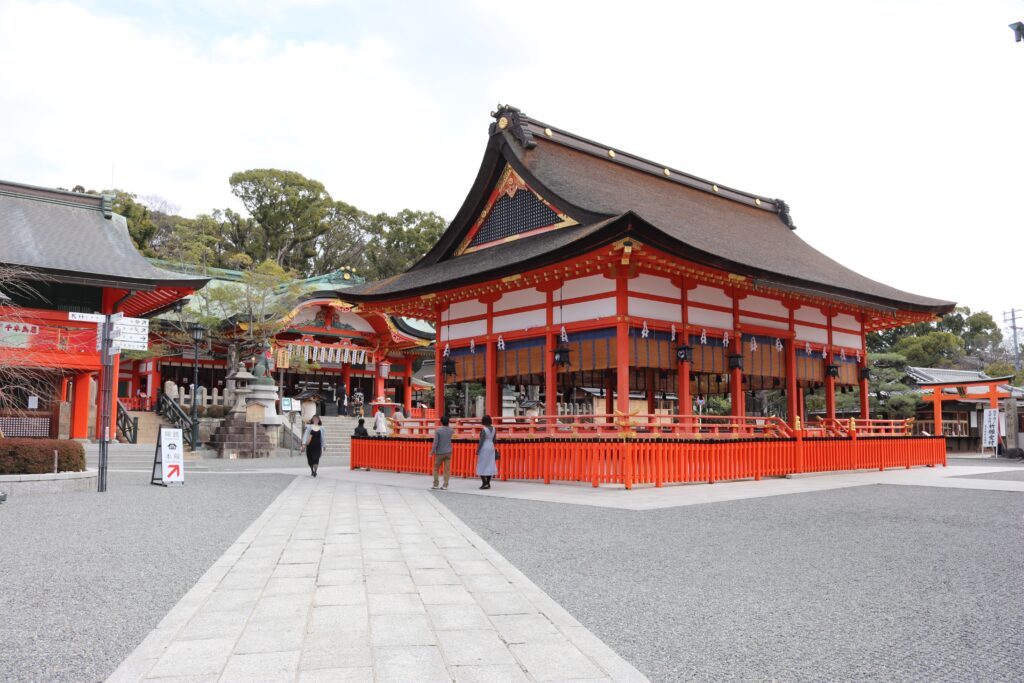
Beyond Honden was the first gate of the Senbon Torii Gates.
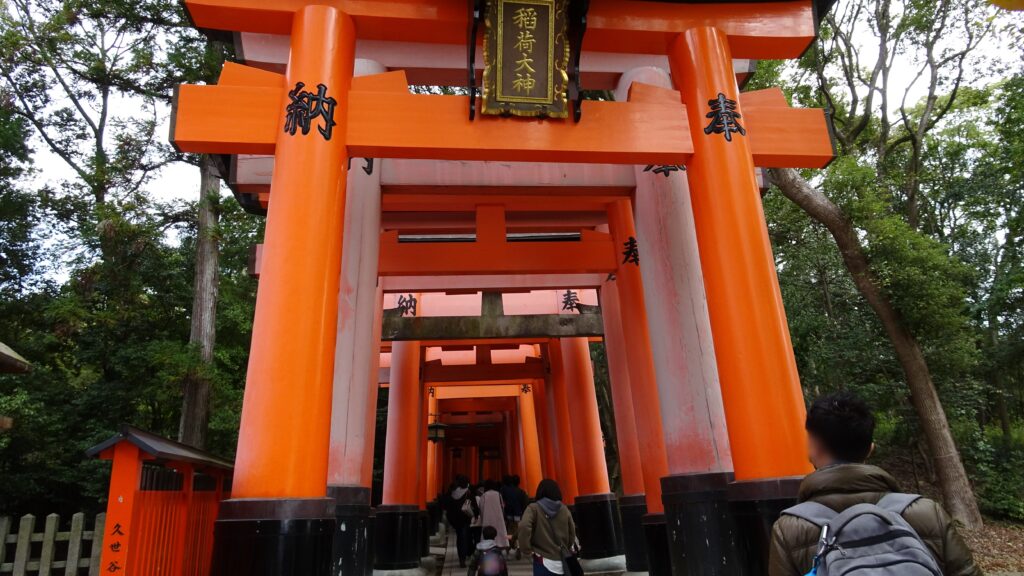
Each Torii Gate was dedicated by donors. I felt the energy and wishes when I went through them.
This is Ichinomine (Kamisha Sinseki), which is located at the highest peak of Mt. Inari. It is said that there had been a small, holy shrine there before.
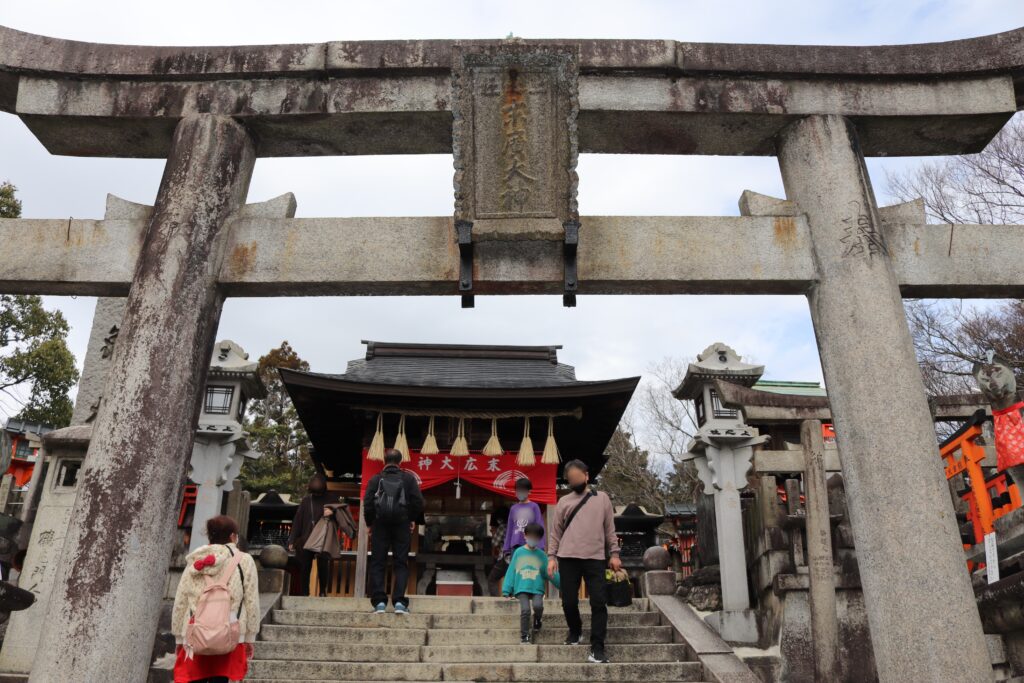
We reached the summit and got back with slightly hurried steps, but we were not able to go everywhere because it was a very large area. It is a place where you can stay all day if you look at details, so I want to come here again when it gets warm.
10:05 Kyoto Sta. Hachijo Exit (Kyoto Rakunan Express)
10:20 Jonangu Shrine (garden 600 yen/adult)
11:45 Lunch
12:35 Bus
12:50 Start hiking in Fushimi Inari Taisha Shrine
14:10 Finish hiking in Fushimi Inari Taisha Shrine


